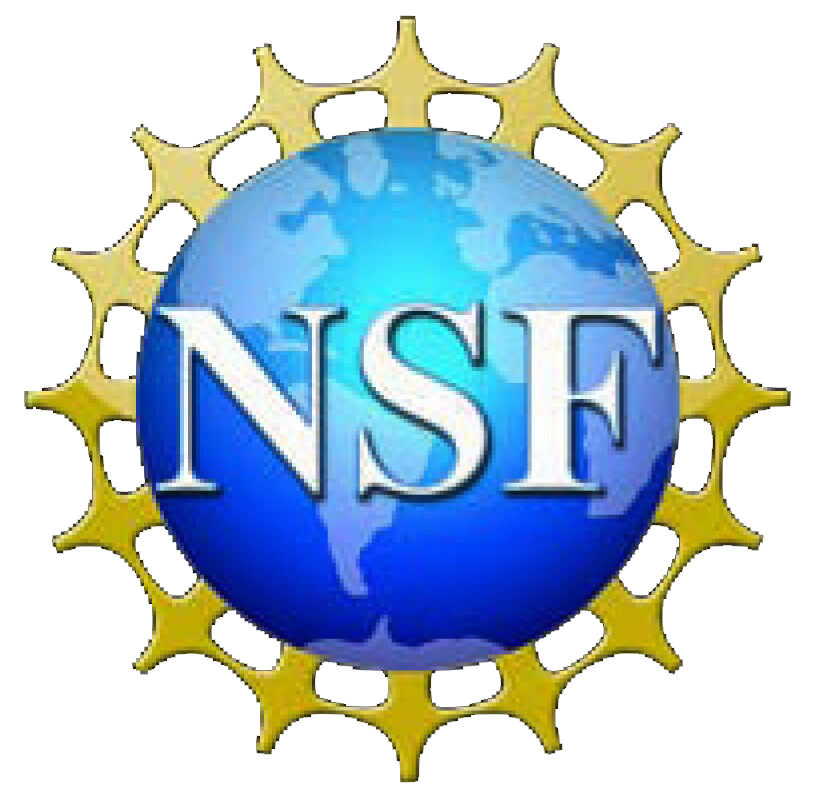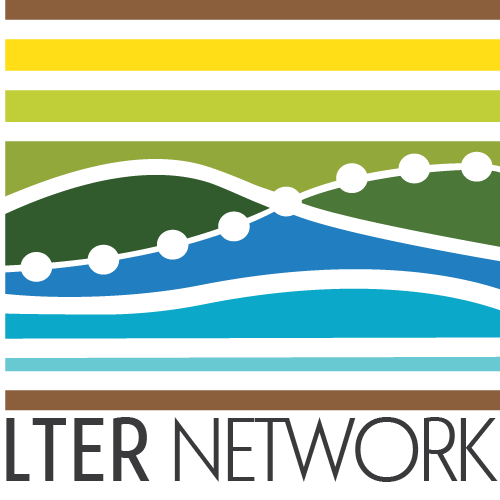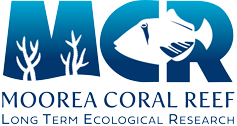Year:
2020
Authors:
Source:
M.S. Thesis
Abstract:
Across coral reefs and over the past few decades there have been observed shifts in the taxa structuring much of the three-dimensional environment. In the Caribbean such shifts have comprised of increasing octocoral abundance, while on other reefs in the South Pacific, canopy forming macroalgae have demonstrated similar trends. In both locations, octocorals and macroalgae represent a potential shift not only in the taxa forming canopy structures but also a shift from rigid to flexible canopy types. These taxonomic and structural shifts have strong implications regarding the conditions present within understory habitats. Using mensurative techniques to quantify canopy metrics, light regimes, benthic invertebrate community composition, and Porites spp. photosynthetic induction time this study tests the potential influence of flexible canopies on understory habitats, and their representative communities within coral reef environments In chapter two experiments are conducted in St. John, U.S. Virgin Islands within the octocoral animal forests. Results show that light regimes within understory habitats of octocorals forests with densities of ≥ 5 octocorals m-2 have light regimes consistent with elevated sunflecks compared to open reef habitat. Analyses of communities and Porites astreoides photophysiology demonstrated independence from octocoral forest canopy metrics. In chapter three experiments are conducted in Mo'orea, French Polynesia within canopies formed by the macroalgae Turbinaria ornata. Results show that light regimes within understory habitats are characterized by elevated levels of sunflecks compared to those of open reef habitats. Scleractinian communities demonstrated independence from canopy metrics. While Porites spp. photosynthetic induction time was significantly reduced within canopy habitats. Overall, flexible canopies demonstrate the capacity to alter conditions to understory habitats compared to open reef spaces, and, in Mo'orea, may influence photosynthesis of understory organisms. Further, the observed effects are consistent with the expected differences between rigid and flexible canopies. Other studies have observed similar alterations to light regimes, flow profiles, and changes to organismal behavior within these flexible canopy structures. Therefore, the result of independence of communities from canopy metrics is counter to expectations, although, may be potentially explained in each location by local scale factors such as storms, recruitment, and the adaptive capacities of constituent organisms.
Publication Type:
Thesis or Dissertation
Publisher:
Department of Biology, CSU Northridge



